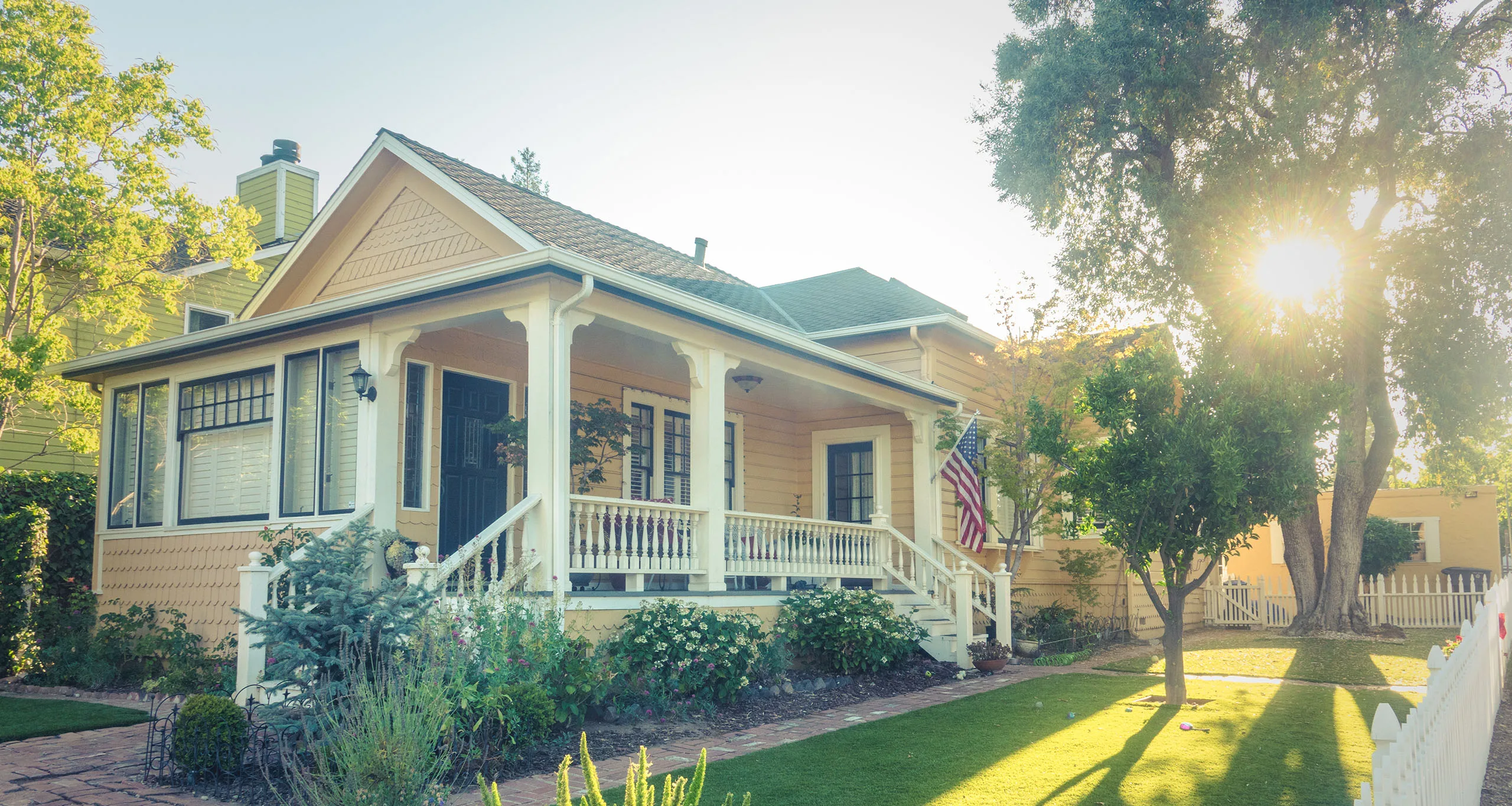Renovation Mortgage Loans
What Are Your Options?
Home renovation or home improvement loans can help you finance anything related to updating your home. Whether you need to make a necessary roof repair or want to give your outdated kitchen a refresh, home improvement loans can provide the funds to make it happen.
Cash-Out Refinancing
A cash-out refinance offers another opportunity to fund your home improvement plans. A cash-out refinance is based on the idea that you will build equity in your home as your mortgage term carries on. Every time you make a mortgage payment, the equity you’ve built in your home will grow.
If you want to pursue a cash-out refinance, you will tap into the value you’ve built in your home. With a cash-out refinance, you’ll receive cash in exchange for taking on a bigger mortgage that replaces your original mortgage.
Once finalized, you’ll make monthly mortgage payments based on the new agreement. The major downside is that you will increase your debt burden because you’ve decreased the amount of equity you have in the home.
A cash-out refinance can be a good option to finance your home improvements without adding a separate monthly payment to your budget. But you will be further away from paying down your mortgage.
Home Equity Line of Credit (HELOC)
A home equity line of credit (HELOC) is another option to help your finance a home improvement project. With a home equity line of credit, you are essentially taking out a type of second mortgage. Through a HELOC, you can borrow money against the amount of equity you’ve built in your home.
With a HELOC, you’ll apply to tap into your home’s equity. If approved, you’ll have a draw period to pull out the month you need on an as-needed basis. At the end of the draw period, you’ll enter the repayment period in which you are required to make monthly payments. As a line of credit, you’ll be adding a second mortgage to your property. With that, you are placing your home at risk if you are unable to keep up with the monthly payments.
The beautiful thing about a line of credit is that you only have to tap into it if you need to. With that, it could be a good option for a home renovation project with a budget that isn’t completely nailed down. If things get more expensive, then you can borrow the funds you need. But you won’t have to borrow any funds that you don’t absolutely need for the project. So, you can avoid paying interest on “leftover” funds.
Fannie Mae Homestyle Mortgage
The Fannie Mae HomeStyle Loan functions a bit differently than a regular conventional loan. The money is dispersed at closing, but in order to use the funds for renovation, an approved contractor must submit plans to the bank for a “draw” in order to get paid. Then after inspections to ensure the work is done, the bank sends the money to the contractor. This limits fraud (homeowners and contractors using renovation loans for other things), but it is more of an administrative headache than simply using cash for home improvements.
Freddie Mac CHOICERenovation Loan
Similar to Fannie Mae’s Homestyle Mortgage, Freddie Mac’s CHOICERenovation Loan offers the ability to both purchase a home or refinance a home and simultaneously secure funding for your renovation project.
FHA 203(k) Loan
A FHA 203(k) rehab loan is a form of home financing or refinancing that enables home buyers and homeowners to combine both real estate costs and incurred renovation expenses into a single mortgage. In effect, it allows home buyers who are considering purchasing a fixer-upper that requires multiple repairs and significant rehabilitation efforts to roll the cost of both the property and these projects into one home loan. Keep in mind that a conventional mortgage might be an even better loan option for homeowners looking to make more extravagant updates to their home.
There are two types of FHA 203(k) loans for you to choose from: a Streamline 203(k) loan and a Standard 203(k) loan.
Streamline 203(k) Loan
A Streamline 203(k) loan, or limited loan, is frequently utilized for homes that require fewer repairs. It provides home buyers or homeowners with a maximum of $35,000 for renovations. No minimum cost requirement is attached, and applications may be simpler to process due to the lower sums borrowed under the terms of this type of loan. Keep in mind that you won’t be able to roll major structural repairs into the sums that you wish to borrow.
Standard 203(k) Loan
A Standard 203(k) loan is typically used for larger jobs and covers major structural repairs exceeding $35,000. Renovations must cost a minimum of $5,000 though, and a U.S. Department of Housing and Urban Development (HUD) consultant must be hired to oversee the project and renovation process. Select rules and guidelines must also be followed to ensure compliance with government code.




















